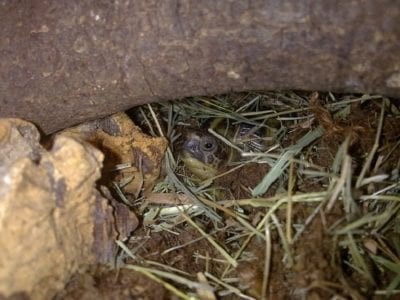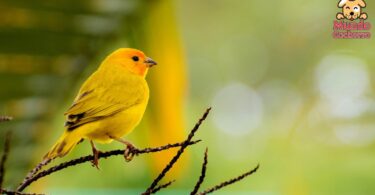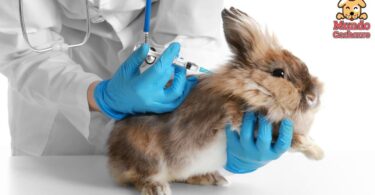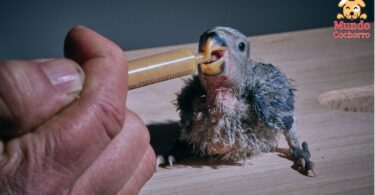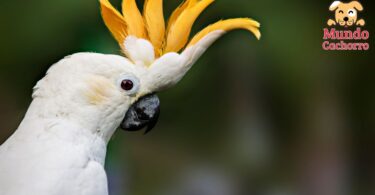Indice
Hibernation is a survival strategy for many animals in the cold months, including reptiles such as turtles that have their own variation of hibernation, known as brumation. When keeping a pet tortoise, making the decision whether or not to let it hibernate is extremely delicate, and requires a great deal of preparation on the part of the owner.
Pre-hibernation, hibernation and post-hibernation care must be exhaustive, resulting in a great challenge for both the person and the tortoise itself. The post-hibernation period is crucial for the tortoise to recover its normal functions after being in dormancy for so long, so the care required by a tortoise after hibernation should be the owner’s priority.
Temperature, baths and hydration
If the tortoise has passed its hibernation in good conditions, the only thing its owner will have to worry about is stabilizing its temperature, hydrating it and resuming its feeding, in addition to a small weight loss that is normal after this process, as long as it is only 1 to 7% of its body weight.
Depending on whether the hibernation was done outdoors or indoors, the person will have to raise the temperature gradually once the winter is over, all this during the days that the tortoise starts to wake up. The temperature in the environment should slowly rise from 10° to the normal temperature of the tortoise’s habitat, which is usually between 24° and 26°.
At the end of hibernation in pet turtles, it is important to bathe and hydrate them for several days, being the need to drink the first thing they will seek before eating. Bathing should be done in containers of a similar size to the tortoise, which are mainly wide and not so high. The water to be used should be lukewarm, with a temperature around 24 and 26°, and glucose should be added, which improves rehydration and future food intake.
The bathing process should be repeated for several days, between 7 to 10 days, until the tortoise is fully awake and at its ideal spring-summer temperature. Apart from bathing, especially with tortoises, it is advisable to have a bowl with clean water nearby for the reptile to drink.
Post-hibernation feeding
When the tortoise begins to awaken from hibernation, it is normal for it to take a few days before eating a bite or eating regularly. This factor should be carefully monitored, because if the turtle, after 14 days, does not eat or show interest in doing so, it may be at serious health risk and should be taken promptly to a veterinarian specializing in reptiles if possible; more urgently if it also presents other symptoms of discomfort or disease.
Feeding the tortoise after hibernation does not stray far from what it normally eats, but the use of foods with fiber, along with others with high water levels such as cucumber and tomato, is essential. During the first few days, tortoises do not eat much and their appetite gradually increases as their body recovers completely, so the amounts of food given should respond to this rhythm.
The body temperature of the tortoise and its environment play an important role in the awakening of its feeding, as well as having contact with sunlight or an “imitation” of it through a special full-spectrum lamp that emits UVA light. If all these aspects are handled properly and the tortoise does not present any health problems, it will start eating normally within a few days.
Image courtesy of (www.mundotortugas.com), all rights reserved.


